When the summer heat hits Japan, one refreshing dish takes the spotlight—somen noodles. These thin, white wheat noodles are famous for their smooth texture and light, cooling effect, making them a perfect remedy for hot, humid days. But have you ever heard of Nagashi Somen? This quirky and interactive way of eating somen—by catching it as it flows down a stream of water in a bamboo chute—is a beloved part of Japanese summer culture.
Let’s explore what Nagashi Somen is, where it came from, how it works, and why it’s more than just a fun food—it’s a cultural experience.
What Is Nagashi Somen?
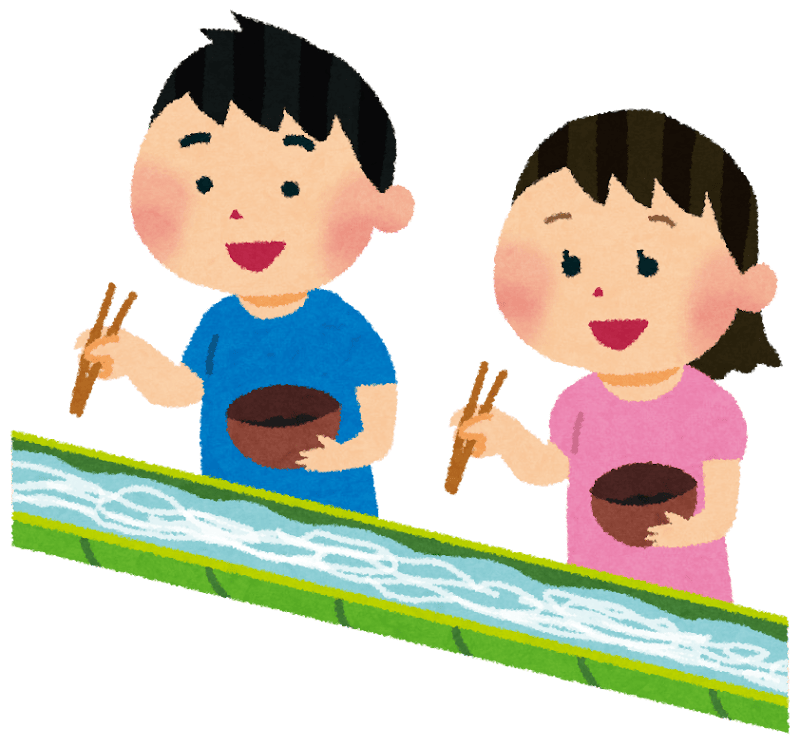
Nagashi Somen, or “flowing somen,” is a Japanese summer activity where chilled somen noodles are sent flowing down a long bamboo flume filled with cold water. Participants stand along the bamboo slide, chopsticks in hand, trying to catch the noodles as they pass by. Once caught, the noodles are dipped into a flavorful soy-based sauce (called mentsuyu) before being eaten.
It’s not only delicious but also a playful and refreshing way to beat the heat—especially popular at summer festivals, family gatherings, or company picnics.

Nagashi-somen is popular at local festivals too, isn’t it?

Yes! One of the best things about nagashi-somen is that people of all ages can enjoy it.
The Origins of Nagashi Somen

Nagashi Somen is said to have originated in the 1950s in Takachiho Town, located in Miyazaki Prefecture, Kyushu. During a particularly hot summer around 1955 (Showa 30), a newspaper reporter stationed in Takachiho had the idea to serve freshly boiled somen noodles in a split bamboo chute, cooled by the cold water.
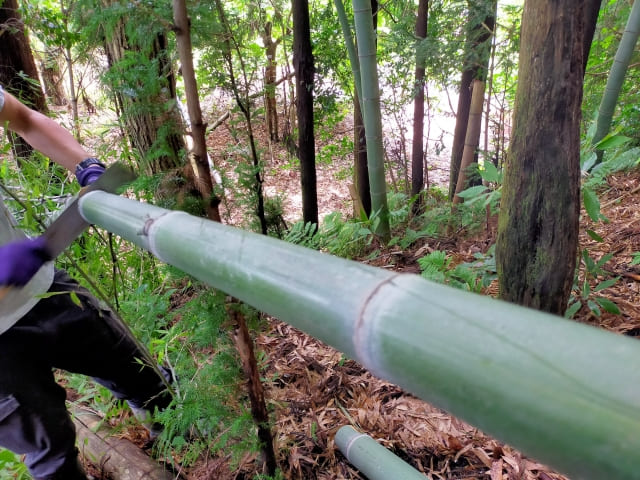

This unique method of serving noodles evolved into the Nagashi Somen style we know today. By around 1959, it had spread beyond Kyushu, especially to other regions known for their clean water sources.

I didn’t realize the history of nagashi-somen was actually pretty short!
How to Enjoy Nagashi Somen Safely
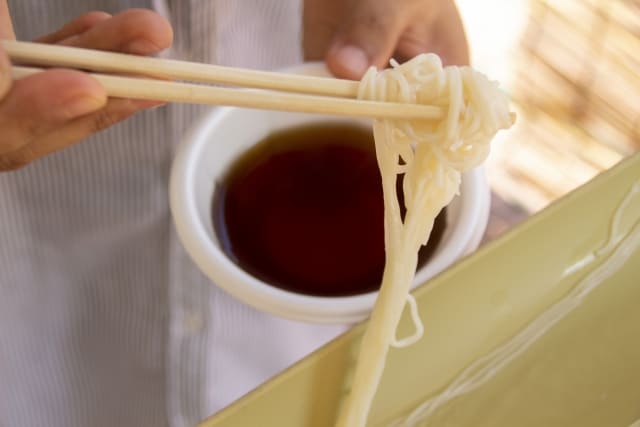
Although Nagashi Somen is a fun and engaging experience, safety and hygiene are important—especially when it’s held outdoors. When using natural spring water or collecting water from streams, bacteria like Campylobacter may be present. For this reason, it’s safer to use clean, treated water, especially in home or public events.
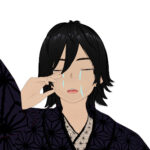
Getting food poisoning from nagashi-somen would be the worst…
Even at smaller-scale gatherings with friends or family, following basic rules helps everyone enjoy the experience safely:
- Only take what you can eat.
- Use clean chopsticks when catching noodles.
- Avoid touching the flowing water with your hands or personal utensils.
Bamboo or Plastic? Modern Takes on a Traditional Setup
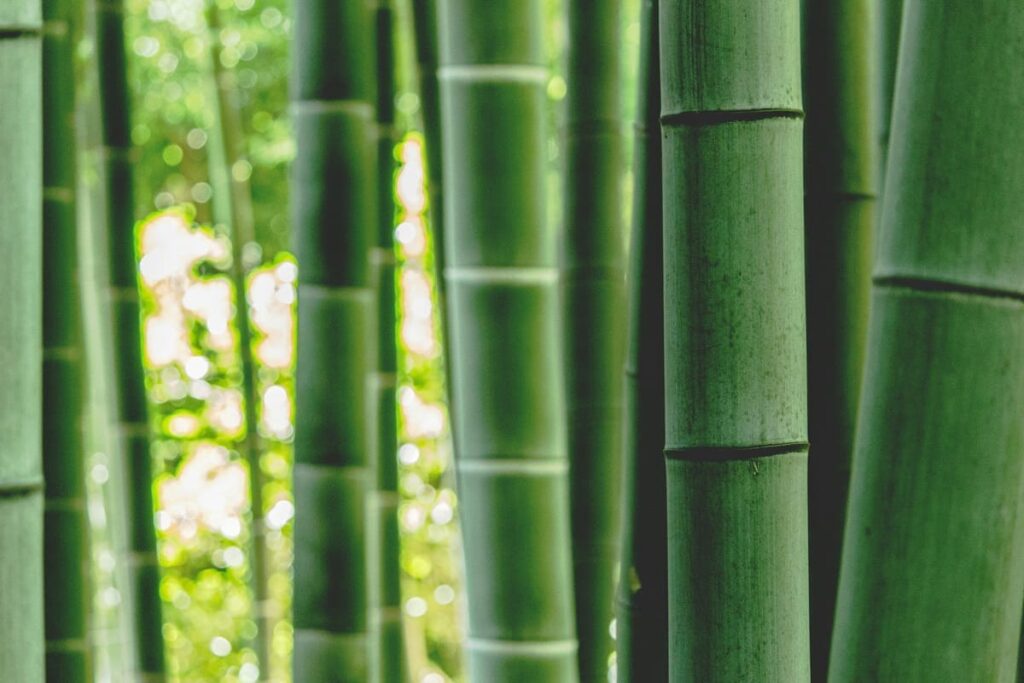
Traditionally, Nagashi Somen is done with real bamboo cut in half lengthwise. The natural look and cool touch of bamboo add to the authentic experience. However, real bamboo doesn’t store well and is hard to reuse, so in recent years, many people use plastic or artificial bamboo sets that are reusable and easier to clean. Some even come with a mini water circulation pump for indoor use!

Using real bamboo for nagashi-somen looks cooler, but in Japan’s humid climate, mold can grow during storage—so maybe plastic ones are actually the safer choice in the end…
Conclusion: Why You Should Try Nagashi Somen
Nagashi Somen is more than just a way to eat noodles—it’s an interactive tradition that brings people together and adds a splash of fun to summer. From its creative origins in rural Japan to its spread across the country, this unique food experience continues to delight children and adults alike.
Whether you’re visiting Japan or just looking for a creative summer activity, trying Nagashi Somen is a must. Cool, delicious, and unforgettable—it’s summer, Japanese style.

If you are interested in Japan, you may love these games!

Yes! Let’s play!





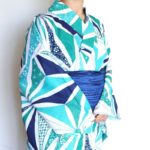
Comments